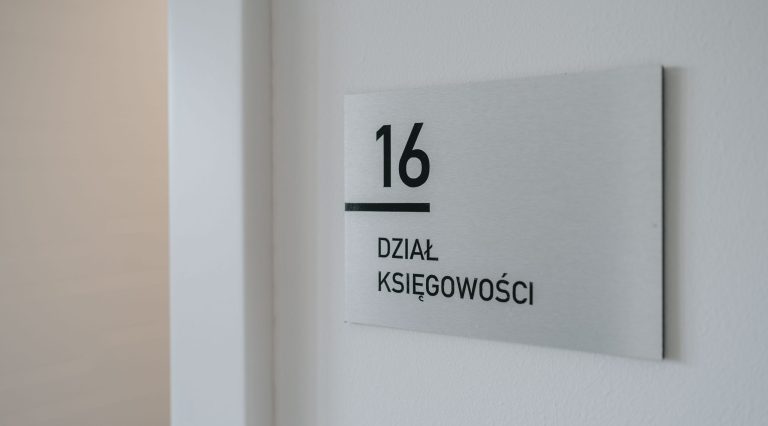Zawiadomienie ZAW-RD dot. CIT-u estońskiego na 2024 rok
Estoński CIT to alternatywna forma rozliczenia z urzędem skarbowym z tytułu podatku dochodowego, którą mogą zastosować:
- spółki akcyjne,
- spółki z ograniczoną odpowiedzialnością,
- spółki komandytowe,
- spółki komandytowo-akcyjne,
- proste spółki akcyjne.
W dużym uproszczeniu polega to na odroczeniu płatności podatku dochodowego i przeznaczone jest głównie dla spółek, które inwestują wypracowany zysk.
Kto może skorzystać z estońskiego CIT?
Opodatkowanie ryczałtem od dochodów spółek mogą wybrać przedsiębiorcy, jeżeli:
- przychody uzyskiwane: z wierzytelności, odsetek, pożyczek, opłat leasingowych, poręczeń, gwarancji, praw autorskich, praw własności przemysłowej, ze zbycia instrumentów finansowych oraz z transakcji z podmiotami powiązanymi nie przekraczają 50% wszystkich przychodów spółki,
- zatrudniają na podstawie umowy o pracę co najmniej 3 osoby przez okres co najmniej 300 dni w roku podatkowym lub innej umowy niż umowa o pracę, przy czym wydatki na wynagrodzenia stanowią co najmniej 3-krotność przeciętnego miesięcznego wynagrodzenia w sektorze przedsiębiorstw,
- udziałowcami, akcjonariuszami lub wspólnikami tych spółek są wyłącznie osoby fizyczne,
- nie posiadają udziałów (akcji) w kapitale innej spółki, tytułów uczestnictwa w funduszu inwestycyjnym lub w instytucji wspólnego inwestowania,
- za okres opodatkowania ryczałtem nie sporządzają sprawozdań finansowych zgodnie z Międzynarodowymi Standardami Rachunkowości,
- złożą zawiadomienie o wyborze opodatkowania ryczałtem do właściwego naczelnika urzędu skarbowego w terminie do końca pierwszego miesiąca pierwszego roku podatkowego, w którym mają być opodatkowane ryczałtem.
Wszystkie powyższe warunki muszą zostać spełnione łącznie.
Jak przejść na estoński CIT?
Przejście na estoński CIT jest dobrowolne. Aby to zrobić, należy złożyć zawiadomienie o wyborze tej formy opodatkowania do właściwego naczelnika urzędu skarbowego (ZAW-RD).
Zawiadomienie należy złożyć do końca pierwszego miesiąca roku podatkowego, w którym będzie stosowany estoński CIT, czyli w większości przypadków będzie to 31 stycznia.
Zobacz również
Formularz ZAW-FA („zawiadomienie o nadaniu lub odebraniu uprawnień do korzystania z KSeF”) jest kluczowym dokumentem przy zarządzaniu dostępami do Krajowego Systemu e-Faktur (KSeF). Bez...
3. urodziny Stowarzyszenia Przedsiębiorcze i Odważne przebiegły pod hasłem „Kobiety przyszłością biznesu” – i trudno o trafniejsze podsumowanie atmosfery tego wyjątkowego wydarzenia....
Mikrorachunek podatkowy to indywidualny rachunek służący do wpłat podatków i niektórych opłat do urzędu skarbowego. Z rozwiązania korzystają zarówno podatnicy, jak i płatnicy (np....






